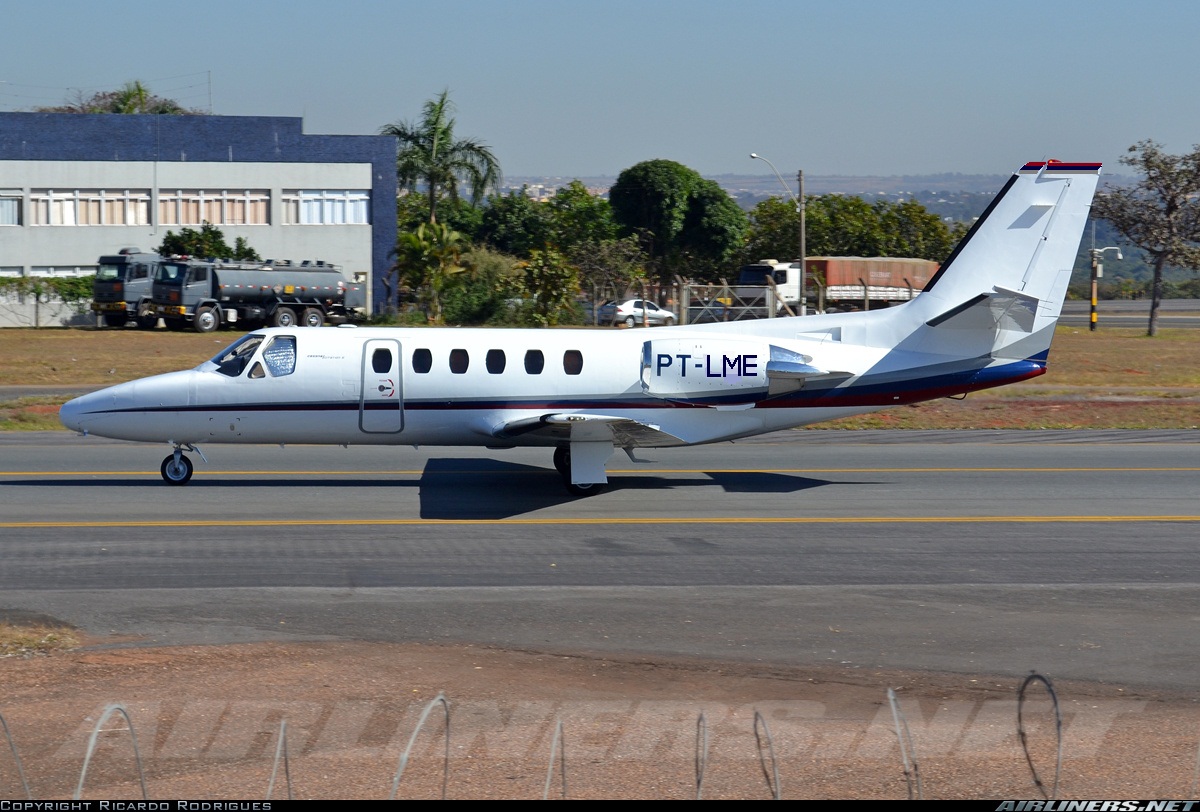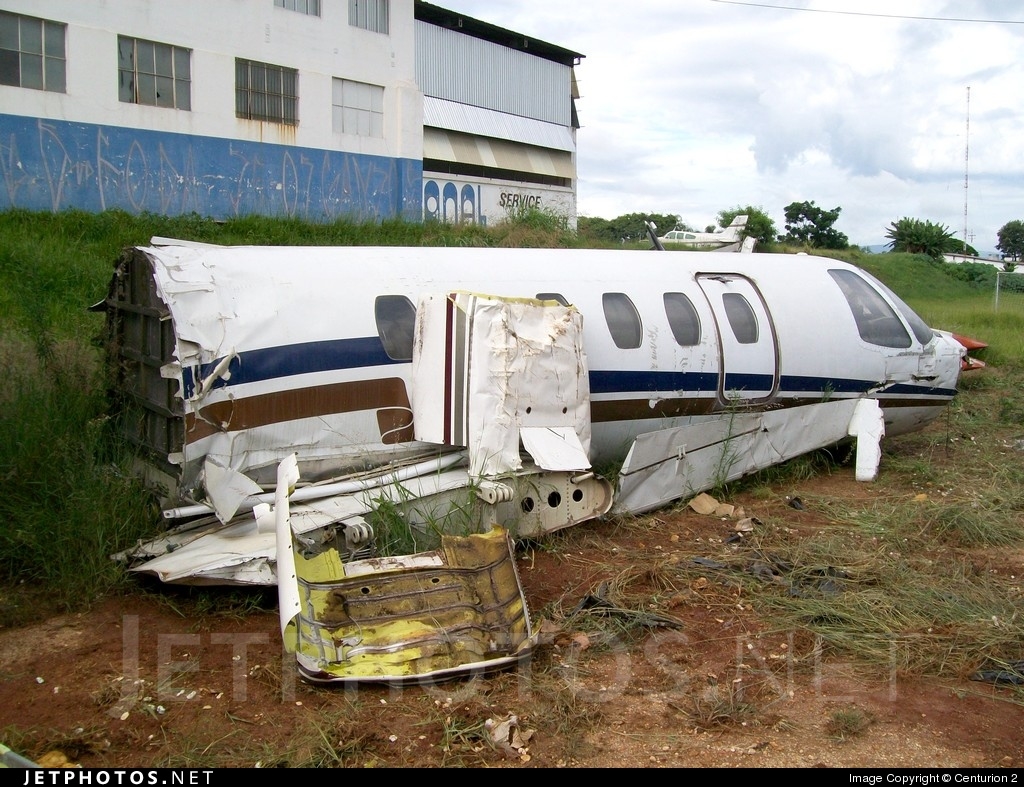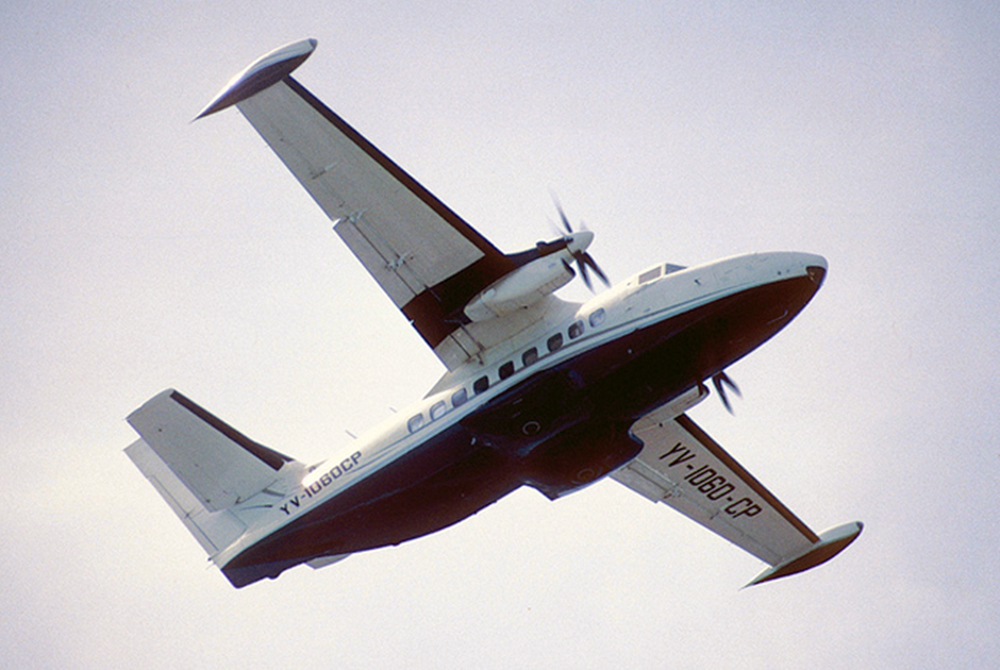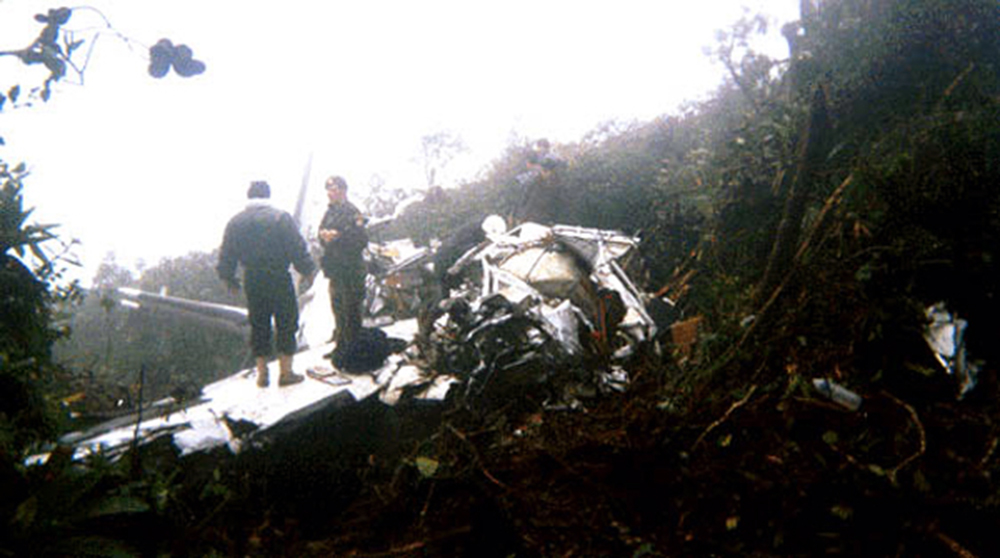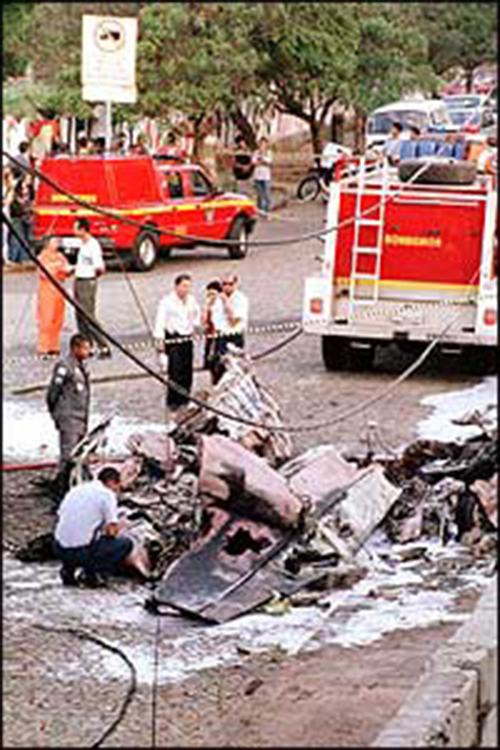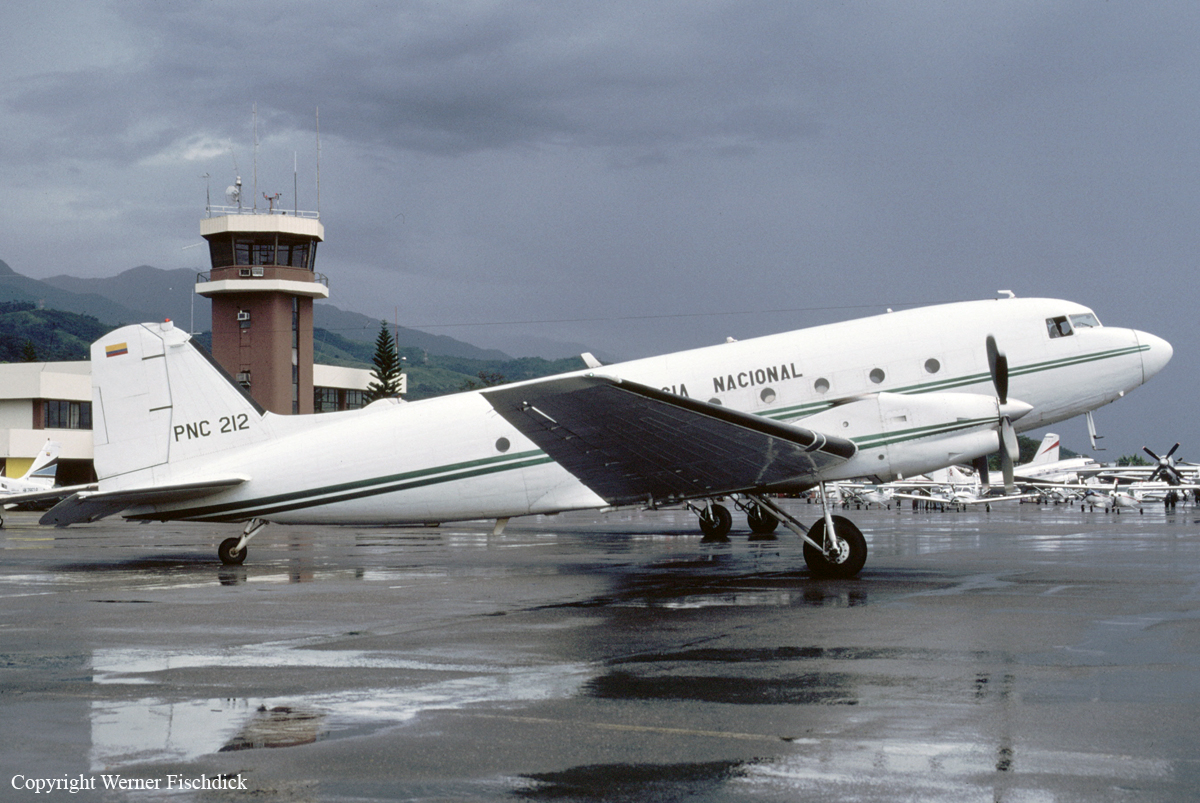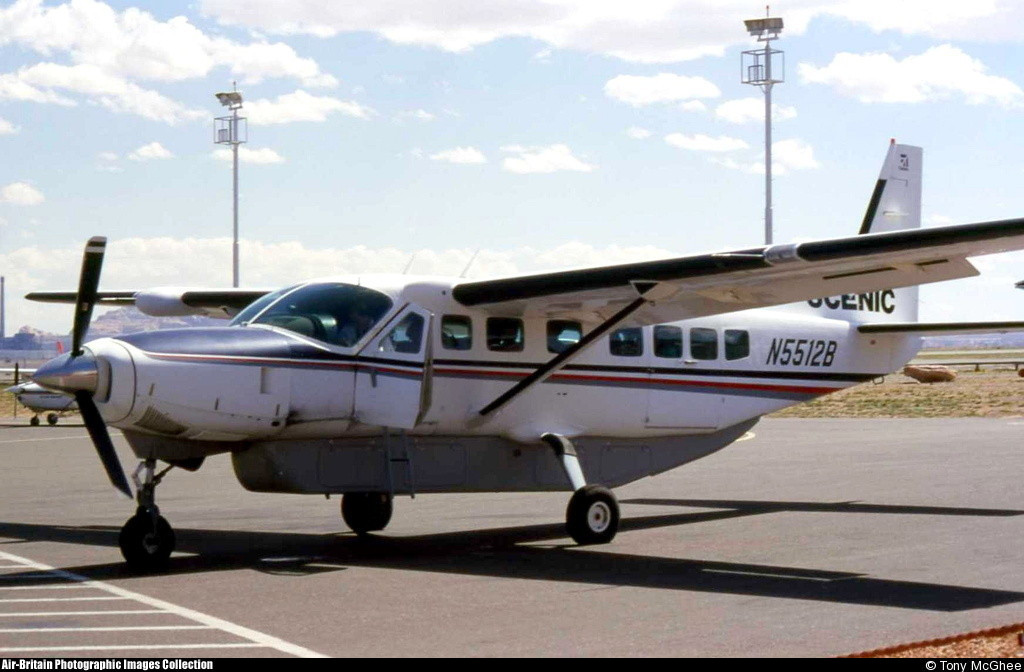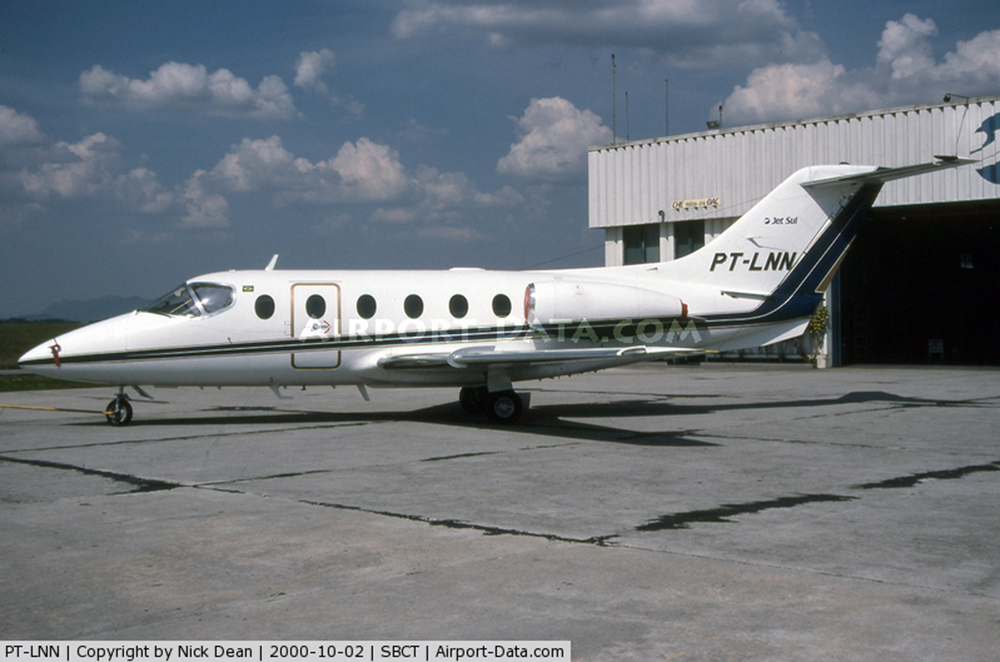Crash of a Cessna 208B Grand Caravan in Tocomita: 1 killed
Date & Time:
Aug 8, 2003 at 0932 LT
Registration:
YV-1069C
Survivors:
Yes
Schedule:
Porlamar - Canaima
MSN:
208B-0713
YOM:
1998
Crew on board:
2
Crew fatalities:
Pax on board:
14
Pax fatalities:
Other fatalities:
Total fatalities:
1
Circumstances:
En route from Porlamar to Canaima, the crew informed ATC about engine problems and was cleared to divert to Tocomita for an emergency landing. On final approach, the aircraft stalled and crashed into trees 100 meters short of runway. A passenger was killed while 15 other occupants were injured. The aircraft was destroyed.







